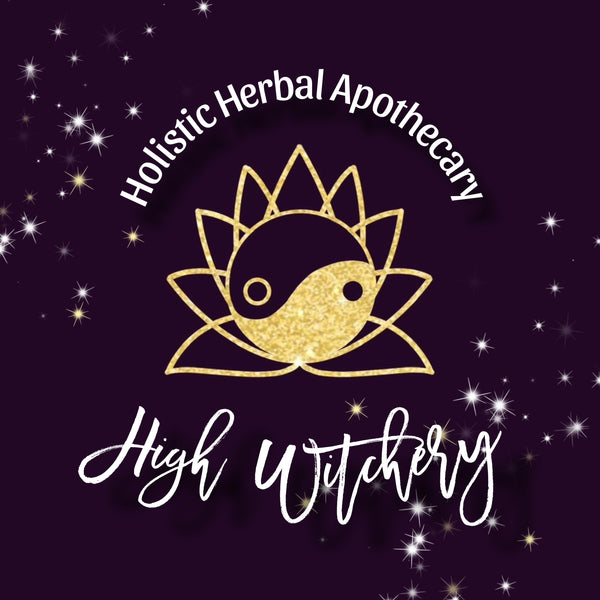Herbs & Tea Info

Urtica Dioica - Stinging Nettle
Nettle is divided into 6 subspecies, with many of the species carrying tiny trichomes that “sting” the skin with histamine, causing inflammation and itchiness! Cultivate this herb with caution and gloves
Nettle is a flowering perennial, coming back each year to bless your land with its medicinal purposes.
It has a similar flavor to spinach once cooked. You can use it in culinary dishes or in tea and tinctures. It is great for calming the nervous system and reducing inflammation when drunken as a tea
From Wikipedia: “In the UK, an annual World Nettle Eating Championship draws thousands of people to Dorset, where competitors attempt to eat as much of the raw plant as possible. Competitors are given 60 cm (24 in) stalks of the plant, from which they strip the leaves and eat them. Whoever strips and eats the most stinging nettle leaves in a fixed time is the winner. The competition dates back to 1986, when two neighbouring farmers attempted to settle a dispute about which had the worst infestation of nettles, and one of them said, "I'll eat any nettle of yours that's longer than mine." “
Calendula Officinalis - Common Marigold
This beautiful gold and orange flowering plant comes from the Daisy Family Asteraceae.
Calendula grows in warm conditions, and will grow year round where conditions are warm year round- like Southern America and Europe.
Calendula has wonderful medicinal properties that are prized for it’s effects on skin conditions and scarring. You’ll often find the herb infused into skin products and facial serums.
Internally, this herb fights inflammation and pain. Often used in teas and tinctures, this herb really is a powerhouse plant.
High Witchery grows all the calendula and stinging nettle that is used in our products.
